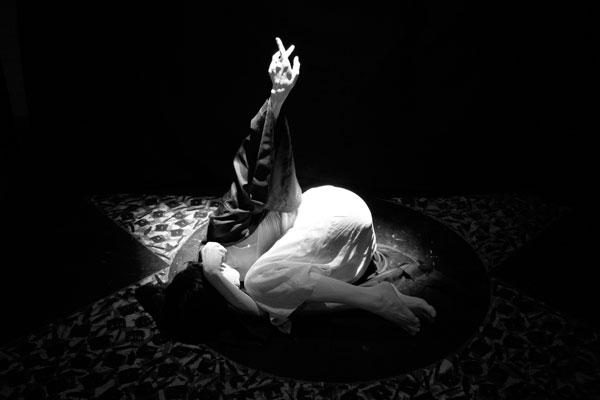The Taliban in Afghanistan shocked the world this week when they beheaded 17 people, allegedly for the crime of dancing at a mixed-gender gathering.
Which prompts the question: Does Islam forbid dancing? While Islamic scholars are divided on the answer, it’s easy to find Muslims in America and abroad who love to boogie down.
“Even though there are scholars who forbid dancing, there is a long tradition of dancing in Muslim cultures,” said Vernon Schubel, a Muslim and professor of religious studies at Kenyon College in Ohio.
There is no mention of dancing in the Quran, which serves as Muslims’ primary source of guidance. There is a story about dancing in the hadith, or collected stories about Islam’s Prophet Muhammad, which are the second-most important source of guidance for Muslims.
Read the Full Article

